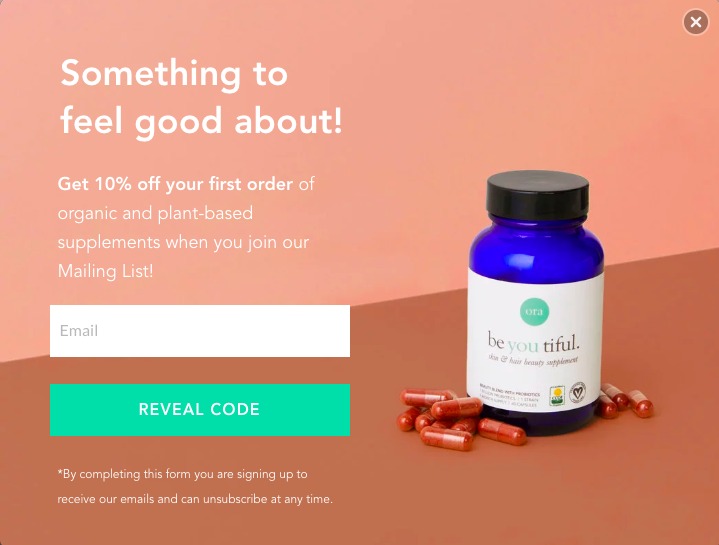
If you are interested in having an e-commerce store, have dabbled with Amazon or Ebay or did some research on e-commerce platforms, then surely you’ve heard about Shopify.
We know there’s so much information out there on how to sell your products online and it can get quite overwhelming. So, to help you better get acquainted we put together some of the best practices in e-commerce so you can utilize Shopify for your store and boost your success.
You will certainly get value from this blog post so get comfortable.
I focus on Shopify because over the past few years I have worked with quite a few e-commerce platforms (BigCommerce, Magento, WooCommerce, 3DCart, etc.) and they all certainly have their advantages, but I can confidently say that Shopify far exceeds them based on level of quality and robust features. It also happens to be the most used platform for e-commerce shops all over the world.
Noteworthy Shopify Features
Shopify has many useful features. Come to learn the uses and functionality of these benefits and you’re already ahead of the game when it comes to building your store or webshop.
So, here are a few reasons why I think Shopify maintains the heavyweight championship title hosted e-commerce platform apart from the rest:
User-friendly Interface
Powerful, yet with an acute learning curve. Even if you are not very tech savvy, Shopify’s functionality maintains its popularity among new shop owners.
Gorgeous Selection of Free and Paid Themes
Paid themes can cost around $150-180 and cater to the more advanced online store requirements. Hard-pressed on hiring a web designer or developer at the onset? The drag-and-drop theme editor makes it easy to customize the look of your store and therefore determine whether building it yourself is something you can manage.
If you’re new to Shopify, starting with a free theme can make things easier as they are just as elegant, modern and minimal. However, it really comes down to how unique you want your shop to look and feel as well as how important your business is to you.
You can find a wider selection of beautiful Shopify themes at a fraction of the cost here.
Diverse App Marketplace
Apps (also known as plugins or add-ons) help you expand the functionality of your store, whether it be adding a language option or an exit intent popup. Shopify is a large developer network with an ever growing amount of apps to integrate with your store, helping you with anything from engagement, to shipping or to increase conversions.
Built-in Merchant Processing
Shopify integrates with a lot of payment providers which makes accepting payments online a breeze. Depending on what country you are from (see list here) you can use Shopify’s own payment gateway called Shopify Payments.
24/7 Support, Lots of Content and Training
Their friendly support team (the Gurus) are always here to help you with any questions you might have. They also have extensive step-by-step guides and video tutorials on how to set everything up which is especially useful if you are just starting out. This feature alone gets our stamp of approval.
Innovation
Shopify is constantly adding new features to their functionality and working on improving their platform and services.
Responsive
All of the themes are mobile friendly optimized and responsive which is crucial today more than ever as an increasing amount of online purchases are made through users smartphones.
Outerbox
79% of smartphone users have made a purchase online using their mobile device
Flexibility and Scalability
Why we’re so keen on Shopify is that it has the capability to support your business’s needs as it grows. Even big million dollar giants like Kylie cosmetics and Nestle are using Shopify which says a lot about the level of trust that Shopify inspires.
Get Your Shop Going Today with a Free 14-day Trial!
Now that we have established the caliber at which Shopify stands, let’s address the pressing question of how to actually build a successful e-commerce store?
If your goal is to create and manage a successful webshop, then you might want to absorb these five vital strategies. I also want to point out that there are no “get rich quick” tips here, just sustainable growth habits to maintain success and longevity (especially in e-commerce).
The results you see in social media are not typical and happens gradually. Most of the profit that successful online stores make comes not only from smart PPC marketing in place but by following these five essential strategies.
When creating your store, focus on building brand loyalty. That’s the strategy I use for my own business – do more for less, rather than less for more.
1. Establish a strong brand
As I mentioned earlier, if your goal is to have a successful store for the long term, you should spend time creating a strong brand. How do you do that? First of all, you have to be aware of how you come off to your audience.
Ask yourself these questions:
Do your market research first before investing tons of time and money into something potentially nobody would want to buy.
2. Invest in good product photography/videos and write product descriptions that sell
Visuals can make or break your business. A little creativity can go a long way and make a powerful impression. Be sure to have high-quality product images and if possible, videos. It’s been proven that product videos increase conversions.
If you are just starting out and don’t have a budget for hiring a professional photographer, see if you can reach out to photography students in your town who would like to shoot your products for their portfolio or read Shopify’s guide on taking product images with your smartphone here.
When creating your product pages think about yourself when you are shopping online. What makes you buy?


Best practices for writing product descriptions:
3. Keep the design clean and simple
As a former employee with a top UK Shopify Expert company, here’s a list of the best practices we used when making websites for clients:


You still need to have all the information pages (like FAQs, Shipping, Refunds and Returns, Terms, Privacy Policy, About, etc) but don’t overdo it. Keep it as simple as possible to avoid confusing customers. A lot of the time, people abandon their carts because they don’t really understand the whole process or don’t trust you entirely.
They look cheesy, cheap and don’t inspire confidence or originality in your brand.
Consistency is key. You want to set yourself apart from your competitors but you also want your website to be on par with your branding.
Take a look at the industry leaders and follow their best practices. You don’t have to be an Adobe expert to install beautiful creatives on your site. Start with free tools like Canva to get design inspiration and create beautiful imagery for your shop.
4. Use email to create follow-up sequences and increase conversions
Email marketing is a very powerful tool used by all online entrepreneurs to increase conversions and customer lifetime value. People that have signed up to your list but have not purchased yet have the potential to not only stay up to date with your business, but buy from you through follow up emails.
5. Use content marketing and social media to create a connection with your target market
Social media is essential for e-commerce stores nowadays. It creates a community with a following becoming a great source of free traffic (if you play your cards right).
Pro secrets for your content and social media marketing
There are many things that go into creating a successful Shopify store and I hope these 5 tips provide a better idea of how that can be achieved.
Now, you might go ahead and do all these things yourself or you can reach out to book a FREE strategy call with us and we will see how we can work together to help you reach your goals.
THIS POST MAY CONTAIN AFFILIATE LINKS. PLEASE READ MY DISCLOSURE FOR MORE INFO

